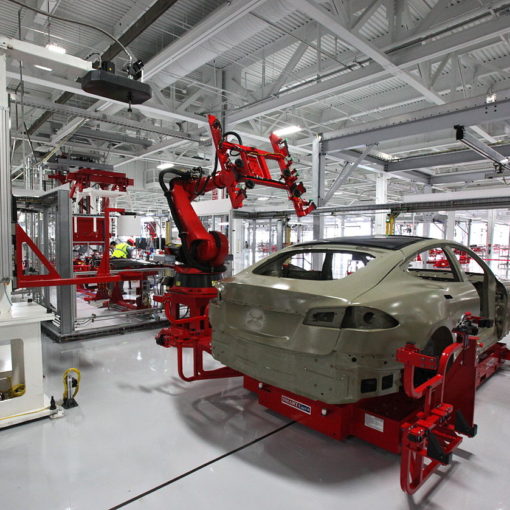Understanding Continuous Integration
2.1 The Concept of Integration
Before understanding Continuous Integration, it’s crucial to grasp the concept of integration itself. Integration involves combining different components or systems to ensure they work seamlessly together.
2.2 Continuous Integration Defined
Continuous Integration takes this idea further, advocating for developers to integrate their code into a shared repository multiple times a day. This constant integration reduces the chances of conflicts and streamlines the development process.
Benefits of Continuous Integration
3.1 Accelerated Development
One of the primary benefits of CI is accelerated development. By integrating code continuously, developers identify and fix issues early in the process, ensuring a smoother and faster development cycle.
3.2 Early Bug Detection
CI facilitates early bug detection. With automated testing integrated into the development pipeline, bugs are identified and rectified in real-time, preventing them from escalating into larger issues.
3.3 Improved Collaboration
CI fosters improved collaboration among team members. As everyone is working on the same codebase, communication is enhanced, leading to a more cohesive and productive development environment.
Key Components
4.1 Version Control Systems
Version control systems like Git are foundational to CI. They enable developers to track changes, collaborate seamlessly, and roll back to previous versions if necessary.
4.2 Automated Build Tools
Automated build tools, such as Jenkins and Travis CI, play a pivotal role in CI. They compile code, run tests, and generate executable files automatically, reducing manual efforts and ensuring consistency.
4.3 Testing Automation
Automated testing is a cornerstone of CI. Through unit tests, integration tests, and end-to-end tests, developers can validate their code continuously, guaranteeing robust and error-free applications.
4.4 Continuous Deployment
Continuous Deployment ensures that validated code changes are automatically deployed to production, eliminating bottlenecks and expediting the delivery of new features.
Setting Up Continuous Integration
5.1 Choosing the Right CI/CD Tool
Selecting the appropriate CI/CD tool is crucial. Options like Jenkins, GitLab CI, and CircleCI offer different features, and the choice depends on the specific needs of the development team.
5.2 Configuring Pipelines
Setting up pipelines involves defining the steps that code changes will go through before reaching production. This includes building, testing, and deploying the application.
5.3 Integrating Testing Suites
Effective CI involves integrating comprehensive testing suites. From unit tests to performance tests, a well-rounded suite ensures the reliability and stability of the application.
Challenges in Continuous Integration
6.1 Resistance to Change
Implementing CI often faces resistance from teams accustomed to traditional development methods. Addressing this resistance requires effective communication and showcasing the tangible benefits of CI.
6.2 Integration Complexity
As projects grow in complexity, so does the challenge of integration. CI must adapt to the diverse technologies and dependencies present in modern software development.
6.3 Ensuring Consistency
Maintaining consistency across different environments, especially in large development teams, is a challenge. CI aims to streamline this by ensuring that code runs consistently across all stages of development.
Best Effective Practices
7.1 Frequent Code Commits
Encouraging frequent code commits ensures that changes are integrated continuously, reducing the likelihood of conflicts and easing the collaboration process.
7.2 Automated Testing Protocols
Comprehensive automated testing protocols guarantee that each code change is thoroughly evaluated, maintaining the integrity and functionality of the application.
7.3 Monitoring and Feedback Loops
Continuous monitoring and feedback loops allow developers to receive real-time insights into the performance and health of the application, enabling proactive issue resolution.
7.4 Regular Build Inspections
Regularly inspecting the build process helps identify and rectify issues early, preventing them from snowballing into significant problems.
Continuous Integration in Agile Development
8.1 Synergy Between CI and Agile
CI and Agile development share a symbiotic relationship. Both emphasize collaboration, flexibility, and delivering high-quality software in a timely manner.
8.2 Agile Principles in CI/CD
Incorporating Agile principles into CI/CD processes enhances adaptability, responsiveness, and customer satisfaction, aligning development with business goals.
You may be interested in:





